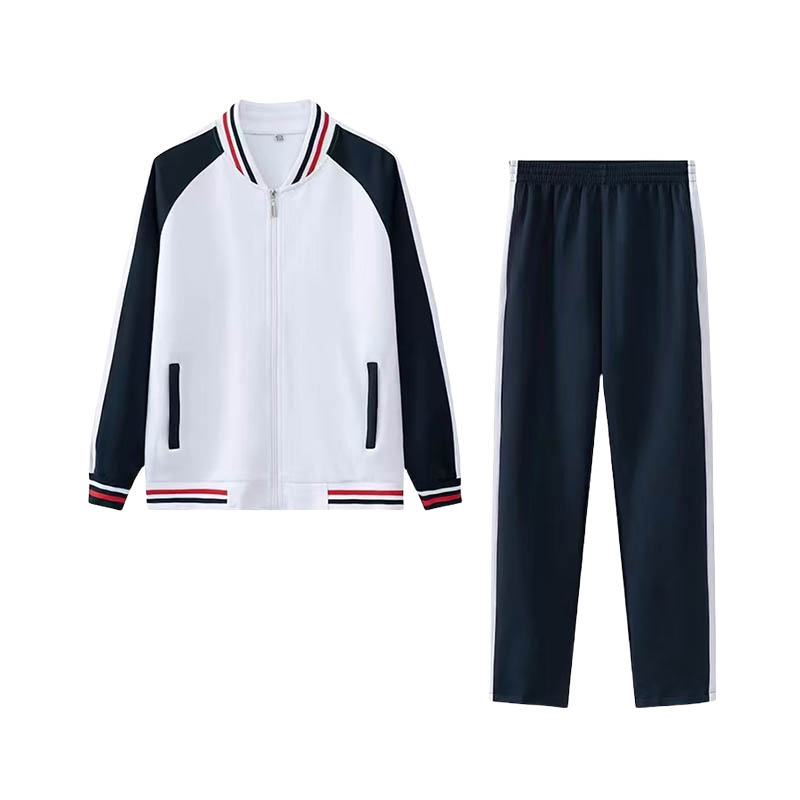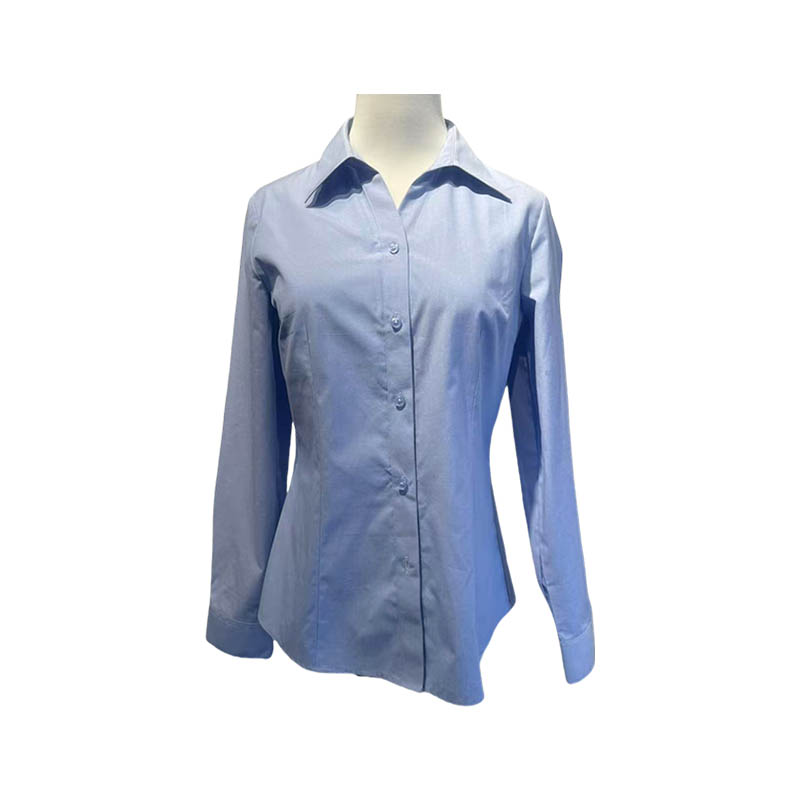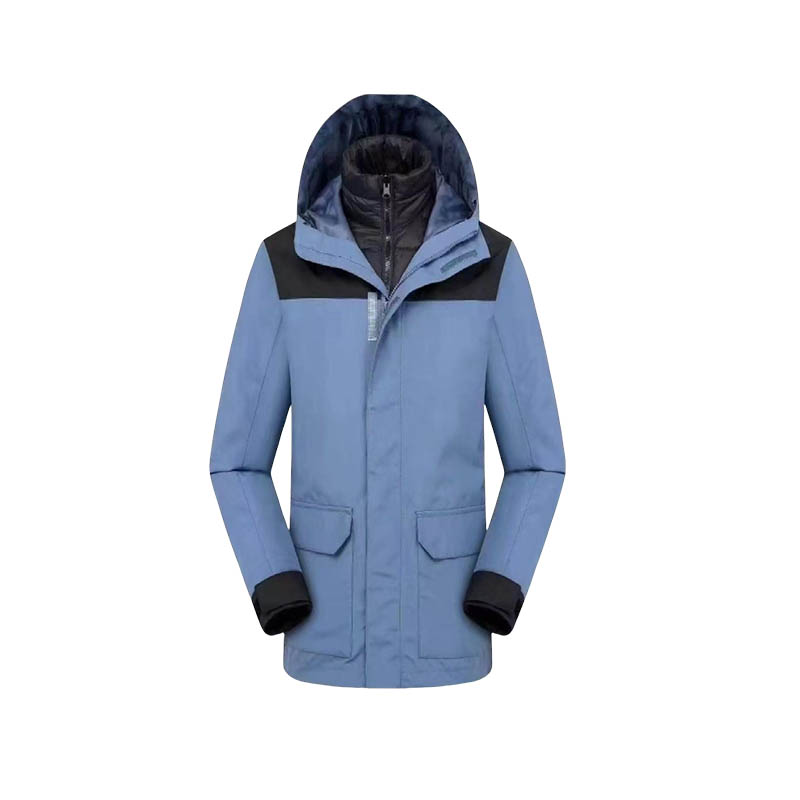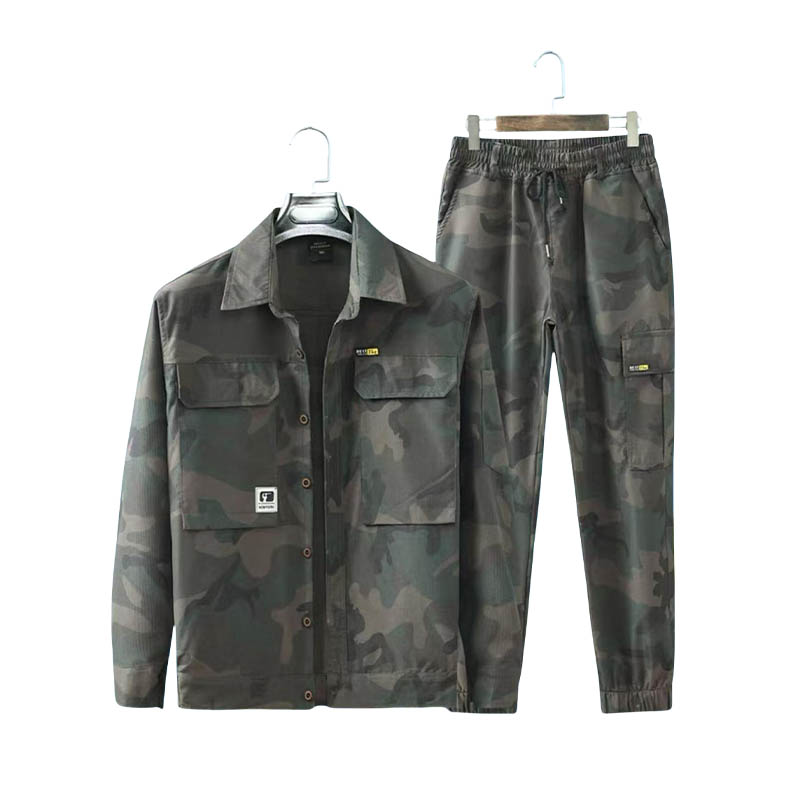How does labor protection clothing handle the intense sun and high temperatures during extended outdoor work?
Release Time : 2025-10-21
In vast mountain forests, beneath high-voltage transmission lines, at field exploration sites, or on large-scale infrastructure construction sites, many workers constantly face intense direct sunlight and persistent high temperatures. Prolonged exposure to the scorching sun can not only lead to heatstroke, dehydration, and skin burns, but also disrupt body temperature regulation, compromising work efficiency and safety. As a crucial barrier for frontline workers, labor protection clothing must not only provide basic physical protection but also effectively address the challenges of extreme climates. Specifically designed for outdoor use, labor protection clothing combines material technology with user-friendly design to provide a cool and safe defense against intense sun and high temperatures.
Labor protection clothing's first line of defense against high temperatures stems from its specialized fabric selection and construction. Modern protective clothing often utilizes high-density polyester fibers or blends. These fabrics are not only strong, abrasion-resistant, and tear-resistant, but also offer excellent UV protection. Specially treated, these fabrics effectively reflect and absorb harmful UV rays, preventing them from penetrating clothing and damaging the skin. Even under prolonged sun exposure, it significantly reduces the rate of body surface temperature rise, minimizing discomfort caused by heat radiation.
At the same time, breathability is crucial to wearing comfort. In hot environments, people sweat profusely. If sweat isn't expelled quickly, it can trap heat and humidity within clothing, creating a "steamer effect" and accelerating fatigue. To this end, high-quality labor protection clothing utilizes mesh panels or three-dimensional ventilation structures in heat-prone areas like the underarms, back, and shoulders to enhance air circulation. Some high-end styles also incorporate microporous breathable membrane technology, which blocks dust and rain while allowing water vapor to escape, achieving a balance between perspiration and water absorption, keeping the body dry.
In terms of design, camouflage patterns themselves also have an unexpected cooling effect. Compared to solid dark clothing, camouflage patterns, composed of multiple color patches, disperse sunlight concentrations and reduce heat absorption in a single area. Furthermore, common camouflage colors such as light gray, khaki, and grass green tend to have medium to low heat absorption, resulting in high reflectivity, further reducing surface temperatures. Furthermore, the visually fragmented effect of camouflage helps workers blend into the background in natural environments, reducing the attention drawn by reflective glare or distinct outlines, and enhancing the concealment and safety of tasks like inspections and monitoring.
To meet the demands of all-weather operations, many labor protection clothing pieces feature adjustable cooling systems. For example, zippers or snap closures at the cuffs, hem, or waistband allow for flexible ventilation based on perceived body temperature. Widened hoods offer face shielding without obstructing vision. Some one-piece styles feature removable liners or ventilated vests to accommodate seasonal and labor intensity changes. These flexible features allow users to dynamically adjust their clothing to suit their environment and avoid excessive heat.
The design is tailored to fit without being constricting, ensuring freedom of movement. Wide shoulders, three-dimensional tailoring, and elastic stitching allow workers to climb, bend, and reach freely, reducing excess heat buildup from friction and pressure. Furthermore, strategically placed pockets and tool attachment points reduce the burden of carrying equipment, indirectly enhancing overall comfort.
More importantly, the durability of labor protection clothing ensures long-term protection. While regular clothing can easily fade, become brittle, or lose its functionality due to frequent washing and sun exposure, specialized protective clothing utilizes UV stabilization and industrial-grade dyeing processes. This ensures color stability and performance integrity even after repeated washings and prolonged outdoor use, ensuring reliable protection for every shift.
In short, labor protection clothing combines highly effective sun-protective fabrics, a scientifically designed ventilation structure, low-heat-absorbing colors, an adjustable design, and an ergonomic fit to create a comprehensive system for combating high temperatures. It's not just armor against external damage; it's also a thoughtful "mobile shade." In the scorching outdoors, it silently protects the health and safety of every worker, empowering them to persevere and ensuring that every effort is duly respected and safeguarded.
Labor protection clothing's first line of defense against high temperatures stems from its specialized fabric selection and construction. Modern protective clothing often utilizes high-density polyester fibers or blends. These fabrics are not only strong, abrasion-resistant, and tear-resistant, but also offer excellent UV protection. Specially treated, these fabrics effectively reflect and absorb harmful UV rays, preventing them from penetrating clothing and damaging the skin. Even under prolonged sun exposure, it significantly reduces the rate of body surface temperature rise, minimizing discomfort caused by heat radiation.
At the same time, breathability is crucial to wearing comfort. In hot environments, people sweat profusely. If sweat isn't expelled quickly, it can trap heat and humidity within clothing, creating a "steamer effect" and accelerating fatigue. To this end, high-quality labor protection clothing utilizes mesh panels or three-dimensional ventilation structures in heat-prone areas like the underarms, back, and shoulders to enhance air circulation. Some high-end styles also incorporate microporous breathable membrane technology, which blocks dust and rain while allowing water vapor to escape, achieving a balance between perspiration and water absorption, keeping the body dry.
In terms of design, camouflage patterns themselves also have an unexpected cooling effect. Compared to solid dark clothing, camouflage patterns, composed of multiple color patches, disperse sunlight concentrations and reduce heat absorption in a single area. Furthermore, common camouflage colors such as light gray, khaki, and grass green tend to have medium to low heat absorption, resulting in high reflectivity, further reducing surface temperatures. Furthermore, the visually fragmented effect of camouflage helps workers blend into the background in natural environments, reducing the attention drawn by reflective glare or distinct outlines, and enhancing the concealment and safety of tasks like inspections and monitoring.
To meet the demands of all-weather operations, many labor protection clothing pieces feature adjustable cooling systems. For example, zippers or snap closures at the cuffs, hem, or waistband allow for flexible ventilation based on perceived body temperature. Widened hoods offer face shielding without obstructing vision. Some one-piece styles feature removable liners or ventilated vests to accommodate seasonal and labor intensity changes. These flexible features allow users to dynamically adjust their clothing to suit their environment and avoid excessive heat.
The design is tailored to fit without being constricting, ensuring freedom of movement. Wide shoulders, three-dimensional tailoring, and elastic stitching allow workers to climb, bend, and reach freely, reducing excess heat buildup from friction and pressure. Furthermore, strategically placed pockets and tool attachment points reduce the burden of carrying equipment, indirectly enhancing overall comfort.
More importantly, the durability of labor protection clothing ensures long-term protection. While regular clothing can easily fade, become brittle, or lose its functionality due to frequent washing and sun exposure, specialized protective clothing utilizes UV stabilization and industrial-grade dyeing processes. This ensures color stability and performance integrity even after repeated washings and prolonged outdoor use, ensuring reliable protection for every shift.
In short, labor protection clothing combines highly effective sun-protective fabrics, a scientifically designed ventilation structure, low-heat-absorbing colors, an adjustable design, and an ergonomic fit to create a comprehensive system for combating high temperatures. It's not just armor against external damage; it's also a thoughtful "mobile shade." In the scorching outdoors, it silently protects the health and safety of every worker, empowering them to persevere and ensuring that every effort is duly respected and safeguarded.







